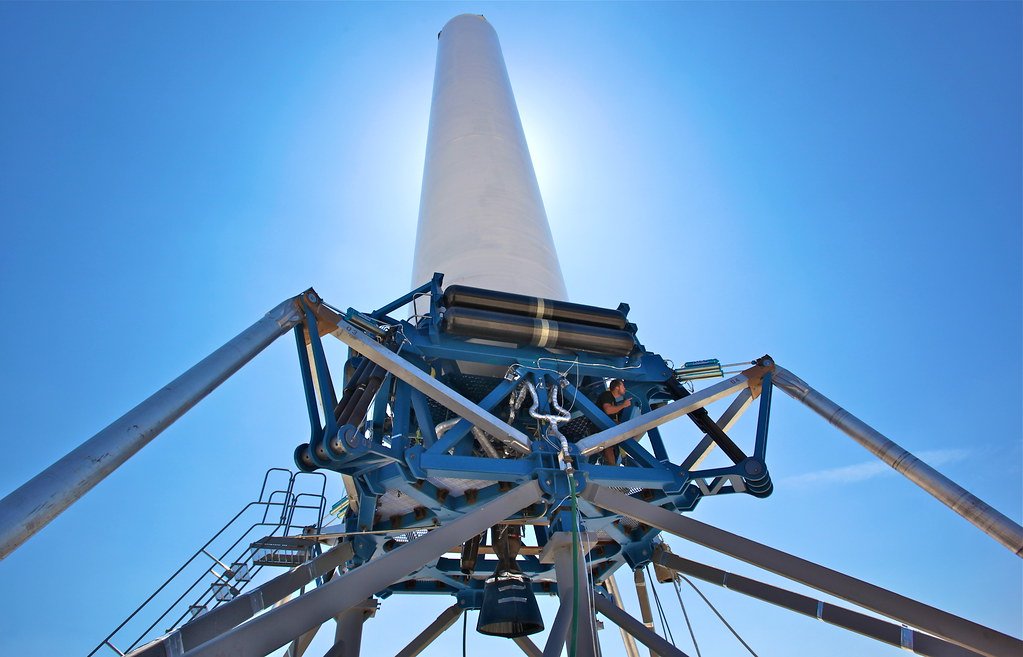One of the greatest feats of modern engineering has taken shape before our eyes: rockets that can land themselves and fly again. SpaceX, with its iconic Falcon 9 boosters touching down in plumes of steam and flame, has promised a revolution in space travel. But behind every triumphant launch and landing, a darker question lurks—how much are we willing to sacrifice for progress? The Earth’s blue skies, fragile ecosystems, and delicate balance of life may be paying a hidden price for our cosmic ambitions. As humanity reaches for the stars, are we overlooking the scars we leave on our own planet?
The Rise of Reusable Rockets: A Double-Edged Sword
SpaceX’s reusable rockets have changed how we think about spaceflight. No longer are rockets single-use behemoths doomed to crash into the ocean or burn up in the atmosphere. The Falcon 9’s ability to return to Earth, land upright, and be prepared for another mission has slashed costs and inspired awe. Yet, this technological leap is not without its challenges. While reusability reduces the need to manufacture entirely new rockets for each launch, it does not erase the carbon footprint or the environmental toll of each fiery liftoff. The promise of sustainability in space travel is compelling, but the reality is far more complex.
Rocket Emissions: What’s in the Air?
Every rocket launch releases a cocktail of chemicals into the atmosphere. Liquid oxygen and kerosene, the primary fuels for Falcon 9, combine to produce carbon dioxide, water vapor, and trace amounts of other gases. While a single launch might seem insignificant compared to worldwide aviation or automobile emissions, the problem grows as launches become more frequent. Each liftoff injects pollutants directly into the upper layers of the atmosphere, where they can linger and cause effects far beyond the launch site. Scientists worry about the accumulation of black carbon, water vapor, and other particles in the stratosphere, potentially contributing to ozone depletion and changing weather patterns.
Fueling the Future: The Kerosene Question
SpaceX’s rockets mostly rely on RP-1, a highly refined kerosene, as their main fuel. Kerosene is a fossil fuel, and burning it releases not only carbon dioxide but also soot and unburned hydrocarbons. While SpaceX’s engines are efficient, the sheer energy needed to send a payload to space means that each mission burns thousands of liters of fuel. This adds up, especially as more launches are scheduled every year. Some hope rests on the company’s next-generation Starship, which uses methane, a cleaner-burning fuel, but methane itself is a potent greenhouse gas if leaked. For now, the transition to greener rocket fuels remains slow and uncertain.
Atmospheric Impacts: Beyond the Obvious
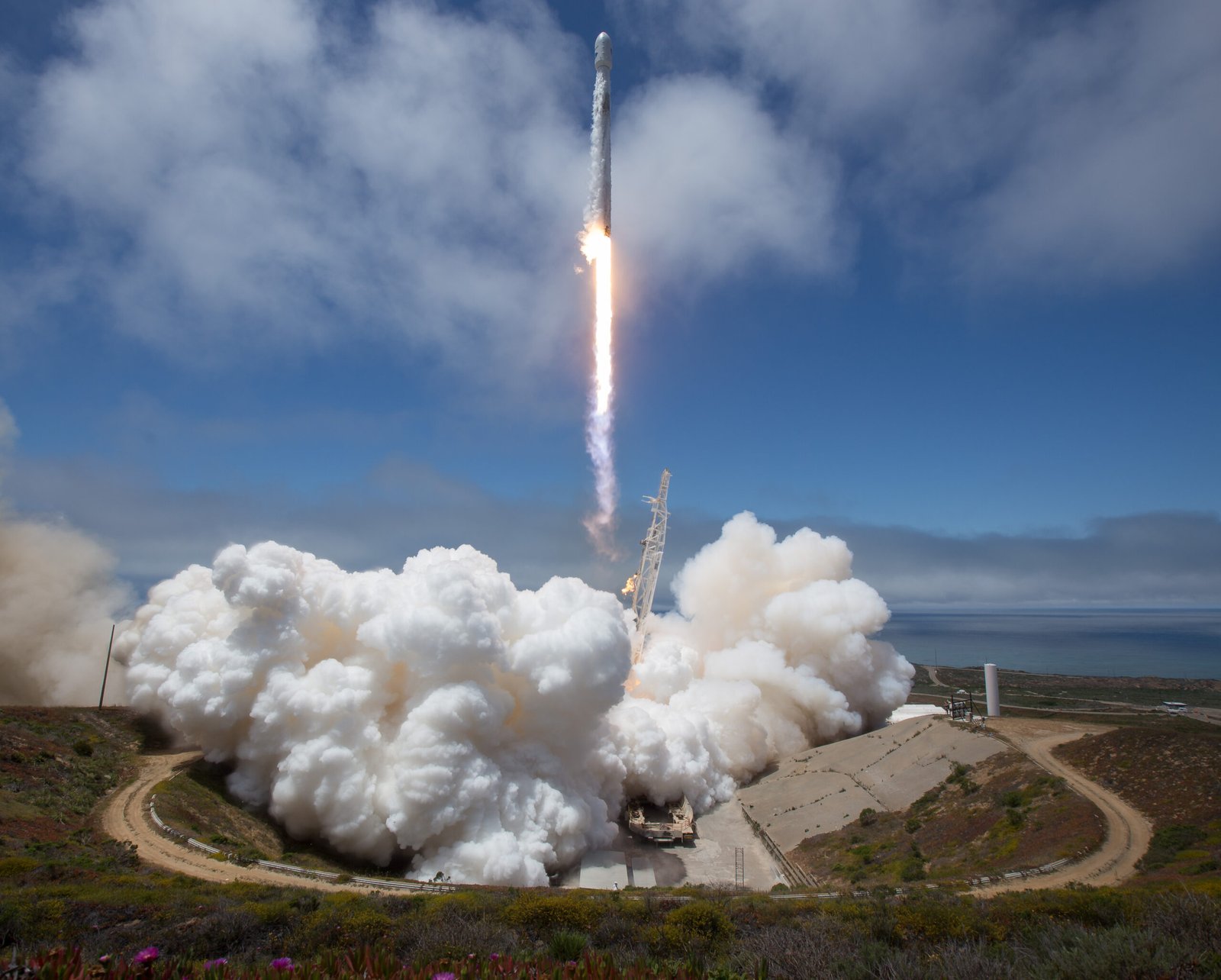
It’s easy to focus on the visible flames and exhaust clouds, but the real danger may be invisible. Rocket launches punch holes through the atmosphere, releasing gases and particles in places where commercial aircraft never reach. The stratosphere, a layer vital for protecting Earth from harmful solar radiation, is especially sensitive. Black carbon from rocket exhaust can linger here for years, absorbing sunlight and warming the surrounding air. This can lead to subtle but far-reaching changes in atmospheric circulation and temperature. The long-term effects are still being studied, but early research is cause for concern.
Noise, Light, and the Human Cost
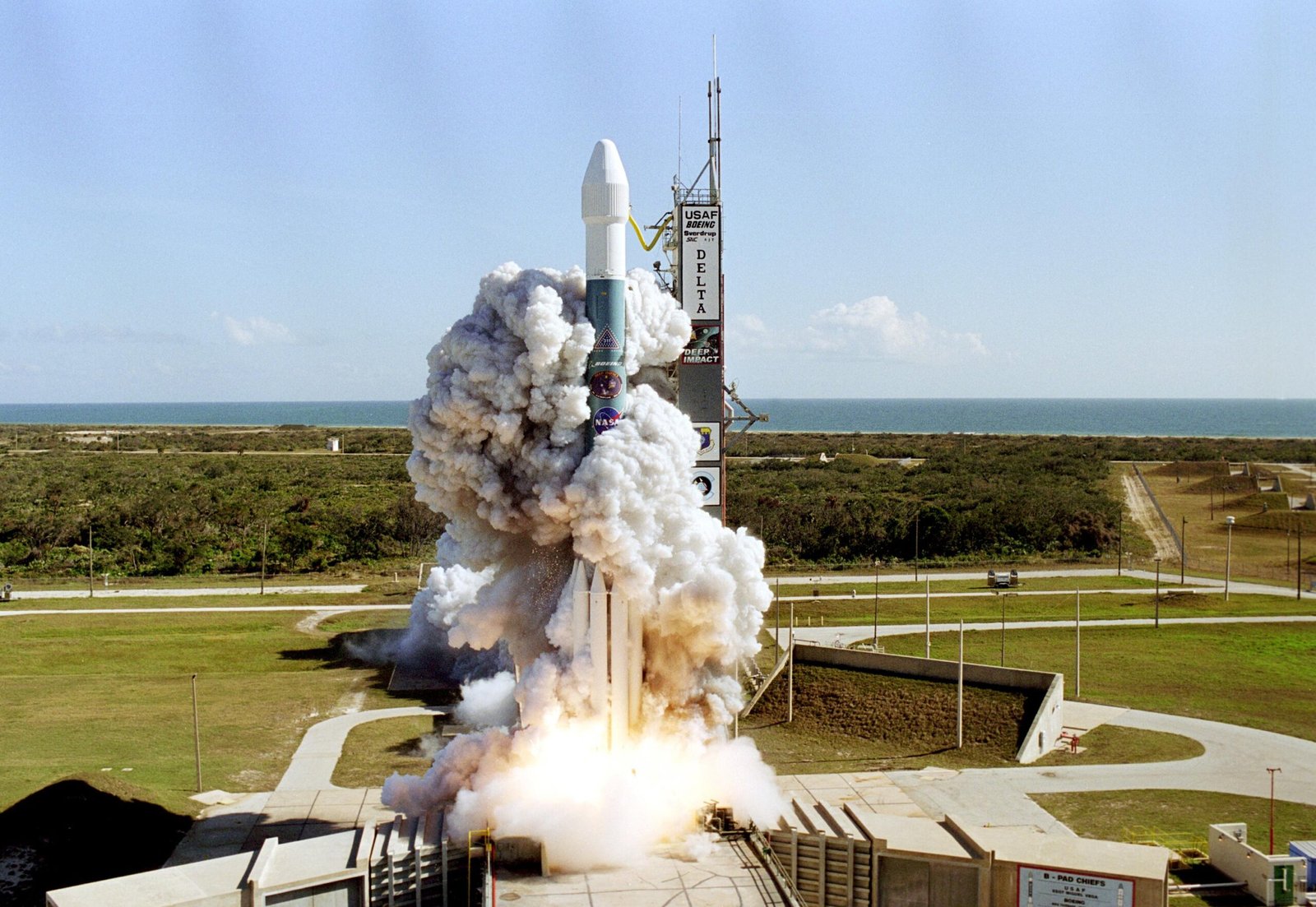
The roar of a rocket launch is thrilling, but it’s also disruptive. Communities near launch sites like Florida’s Space Coast experience regular sonic booms, rattling windows and disturbing wildlife. Night launches illuminate the sky, confusing nocturnal animals and altering natural behaviors. Even residents living miles away from launchpads have reported hearing the distant thunder of liftoffs and feeling the ground tremble. The excitement of watching history unfold comes at a price for those who share the landscape with SpaceX’s ambitions.
Debris and Pollution: What Falls Back Down
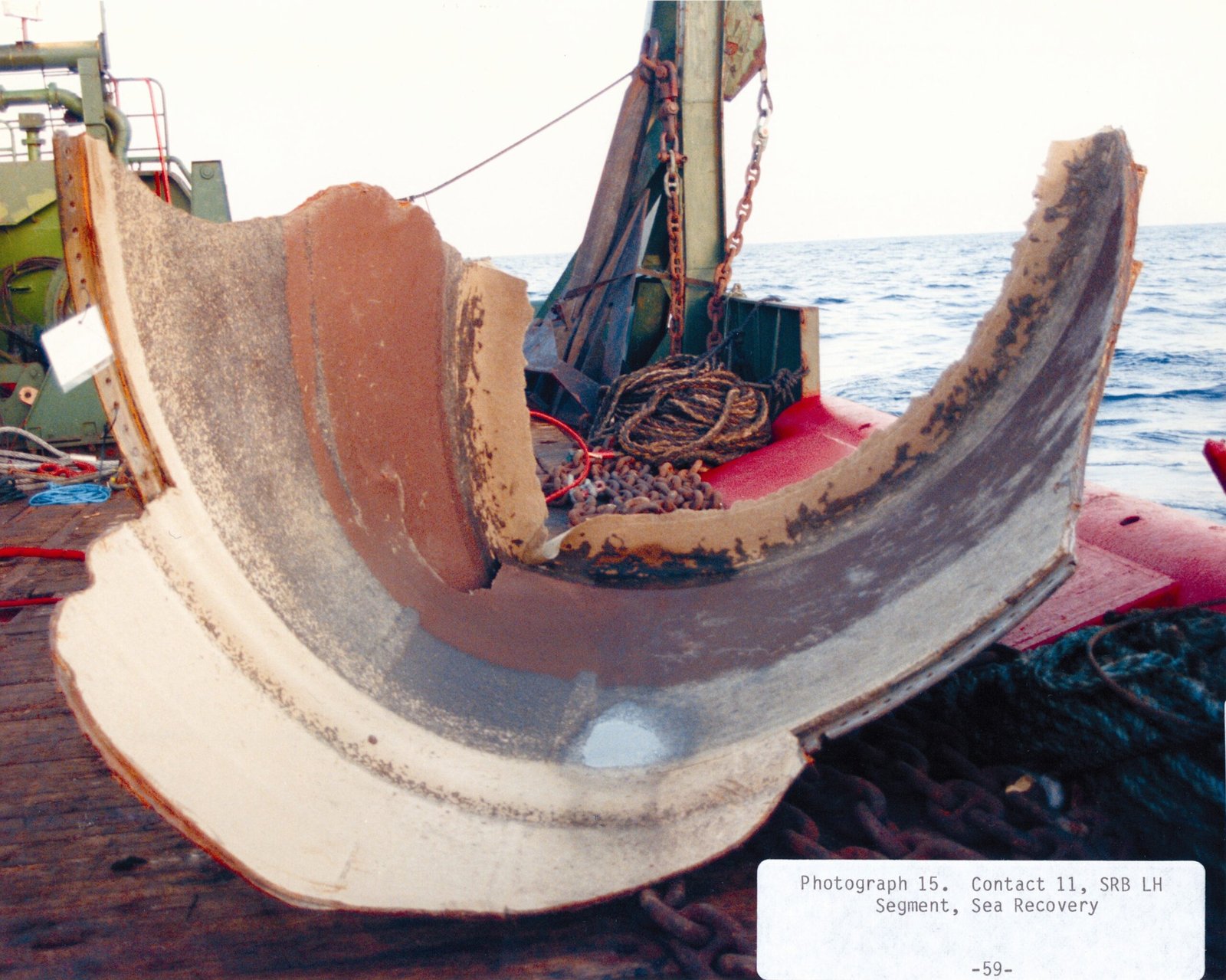
Not every part of a rocket is reusable. Protective fairings, booster segments, and other components often fall back to Earth, sometimes into the ocean or remote wilderness. While SpaceX has pioneered efforts to recover and reuse some parts, not everything can be saved. Ocean debris from rocket stages poses risks to marine life and ecosystems. Even on land, pieces of metal and composite materials can contaminate soil and water. The relentless pursuit of rapid launches can sometimes push safety and environmental considerations to the background.
Wildlife and Habitat Disruption

SpaceX’s launch facilities are often located in sensitive coastal or desert environments. In Texas, the Boca Chica launch site is surrounded by wetlands and wildlife refuges home to endangered species. Rocket launches, construction, and testing activities can disturb nesting birds, sea turtles, and other vulnerable creatures. Even the noise and vibrations from launches can cause animals to abandon their habitats. Environmental groups have raised alarms about the trade-off between technological progress and the health of local ecosystems, asking whether enough is being done to protect these irreplaceable landscapes.
The Space Junk Problem: Out of Sight, Not Out of Mind
Sending more rockets into space also means leaving more debris in orbit. While SpaceX’s Starlink satellites promise global internet access, their sheer number has raised fears about collisions and the growing cloud of space junk circling our planet. Every defunct satellite or booster stage adds to a dangerous cascade of debris that could threaten future missions and even satellites providing vital services on Earth. Cleaning up space is a daunting challenge, and the consequences of ignoring the problem could be catastrophic.
Promises of Green Innovation
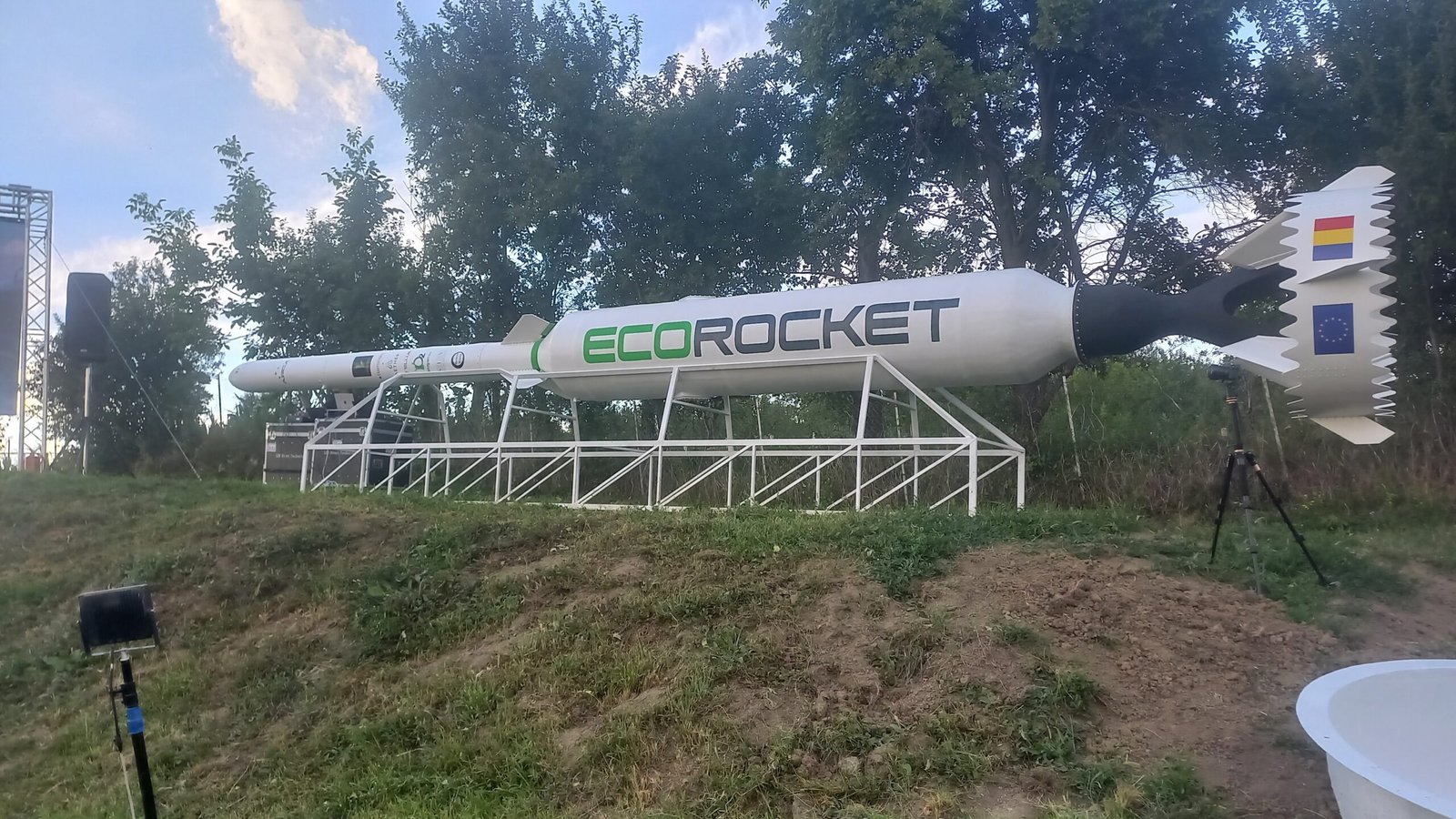
SpaceX is not ignoring criticism. Elon Musk and his team often speak of making humanity a “multi-planetary species” to ensure our survival. The company has started exploring cleaner fuels, more efficient engines, and greener manufacturing practices. They’ve also taken steps to recover more rocket components and minimize ocean pollution. But these promises are often overshadowed by the relentless pace of launches and the pressure to deliver results. The race to innovate sometimes leaves environmental concerns in the dust, relying on future breakthroughs instead of immediate action.
Regulation, Oversight, and Global Responsibility
Who is keeping watch over the environmental impact of private space companies? Government agencies like the FAA and EPA set guidelines, but rapid innovation can outpace regulation. SpaceX, as a trailblazer, often finds itself operating in gray areas, pushing boundaries while rules catch up. Internationally, there is little consensus on how to manage the environmental risks of rocket launches. As more companies join the space race, the need for clear global standards becomes urgent. The challenge lies in balancing innovation with stewardship of the planet we all share.
Weighing Progress Against Preservation
The excitement of reusable rockets and expanding access to space is undeniable. SpaceX’s achievements have inspired millions and opened new possibilities for science, communication, and exploration. Yet, the environmental cost is real and cannot be ignored. The question is not whether we should explore space, but how we can do so responsibly. Are we willing to pay the price of progress with our planet’s health, or can we find a better way forward? In our rush to touch the stars, are we forgetting the ground beneath our feet?

